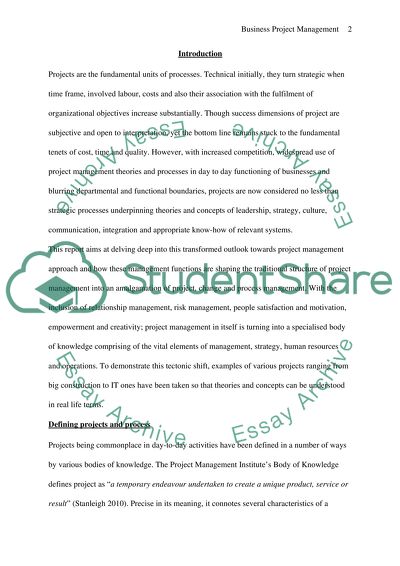Cite this document
(“Business Project Management Essay Example | Topics and Well Written Essays - 3000 words”, n.d.)
Retrieved from https://studentshare.org/environmental-studies/1419353-business-project-management
Retrieved from https://studentshare.org/environmental-studies/1419353-business-project-management
(Business Project Management Essay Example | Topics and Well Written Essays - 3000 Words)
https://studentshare.org/environmental-studies/1419353-business-project-management.
https://studentshare.org/environmental-studies/1419353-business-project-management.
“Business Project Management Essay Example | Topics and Well Written Essays - 3000 Words”, n.d. https://studentshare.org/environmental-studies/1419353-business-project-management.


